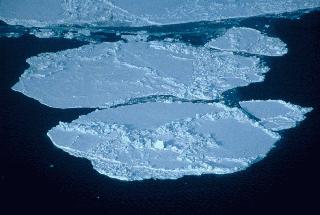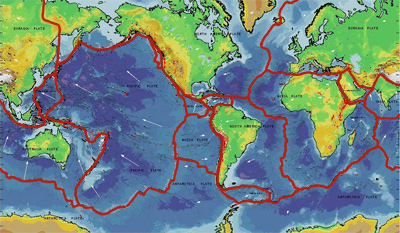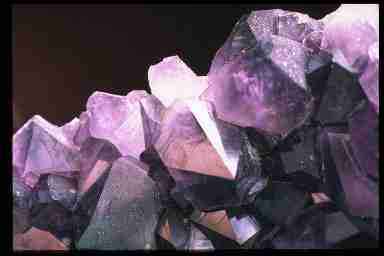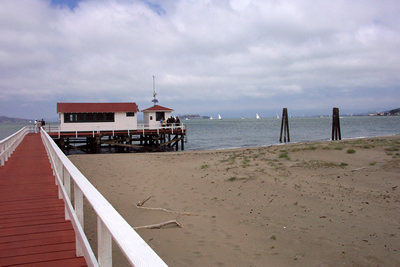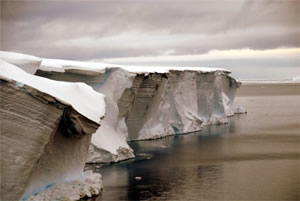Click on image for full size
Credit: Zina Deretsky, National Science Foundation
Scientists Find Signs of “Snowball Earth” Amidst Early Animal Evolution
There used to be sea ice floating on the tropical ocean, according to new evidence found by geologists. This was quite a long time ago, 716.5 million years ago, during a time known as Snowball Earth.
This chilly time was among the greatest ice ages known to have taken place on Earth. Ice formed all over the planet, even in the tropics. It was in this frozen world that scientists believe the first animals evolved.
The geologists studied ancient tropical rocks and found evidence that ice was floating in the sea at the time when they formed. These rocks formed in the tropics long ago, but today they are located in a remote area of northwestern Canada thanks to the continent-moving abilities of plate tectonics. Based on magnetic information and the minerals in these rocks, scientists know that they used to be located at sea level in the tropics, just north of the equator.
Of course, scientists can’t find ice preserved in rocks. So how did they figure out that it was icy near the equator? They found evidence of ice in the rocks that is like a footprint that ice used to be there. This evidence includes pieces of rock that have been gouged by glaciers and pieces of rock that were carried out to sea within ice and then dropped to the seafloor as the ice melted.
A world covered with snow and ice must have been a challenging place to live. But life did survive during this time. This suggests that sunlight and water, which are needed by living things, were available somewhere on Earth. So the ocean could not have been entirely covered with ice. The geologists say that sea ice would have been moving and forming patches of open water. These open patches would have provided good places for life to survive.
According to the fossil record, all of the major groups within the Domain Eukaryota (except perhaps animals) existed before the ice formed. Scientists have a hypothesis that the cooling climate during Snowball Earth may have allowed animals to evolve. In face, times of stress in environments are thought to prompt new species to evolve.
Scientists don't know exactly what caused the glaciers to form or what caused them to melt, but there is evidence that at about the same time lots of volcanic eruptions were happening. This could mean the cold “Snowball Earth” time was either formed by, or ended by, volcanic activity.







